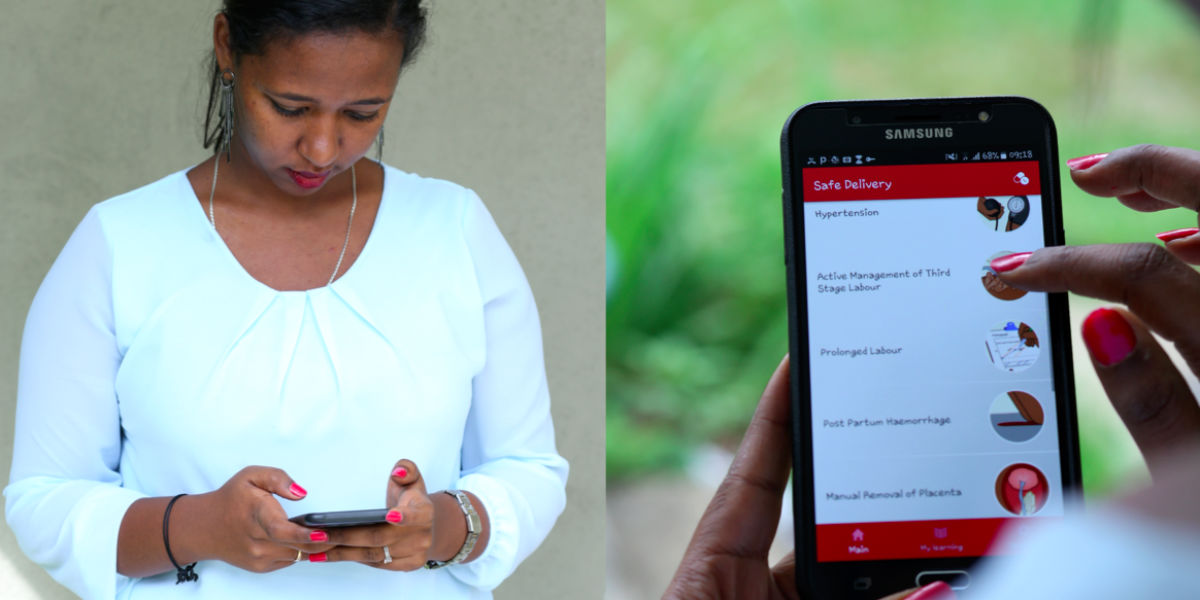Heaven Workneh

- Name Heaven Workneh
- Country Ethiopia
- Title Midwife lecturer
- Organization Bahir Dar Health Science College
“I am very happy that the Safe Delivery App was developed, and I wonder why we didn’t think of such a tool before!”
After getting her Master’s degree in maternal and reproductive health at 21, Heaven Workneh first worked in a health center in a rural area and then at a clinical facility. Now she is a lecturer in Midwifery at Bahir Dar Health Science College, which hosts around 1,000 students within nursing, midwifery and health extension workers.
“I use the App in my teaching. The students memorize much better when they see things. The animations of the app are both interesting and attractive, and because the videos in the app are updated, I can rely on the clinical content. I encourage the students who have smartphones to download the App, so they can use it as a reference tool. We have a high number of students, so there are 1,000 students for five demonstration rooms. That is not enough. But with the App at hand, they can learn about the skills, they can watch the visual aids at home, and they will have an easier and more efficient time in the skills lab. To engage my students, I let them use the App for gaming and group activities. We had only large hardcover books at the library. My students are very lucky!”
